
Krakow - visit and attractions of Kazimierz
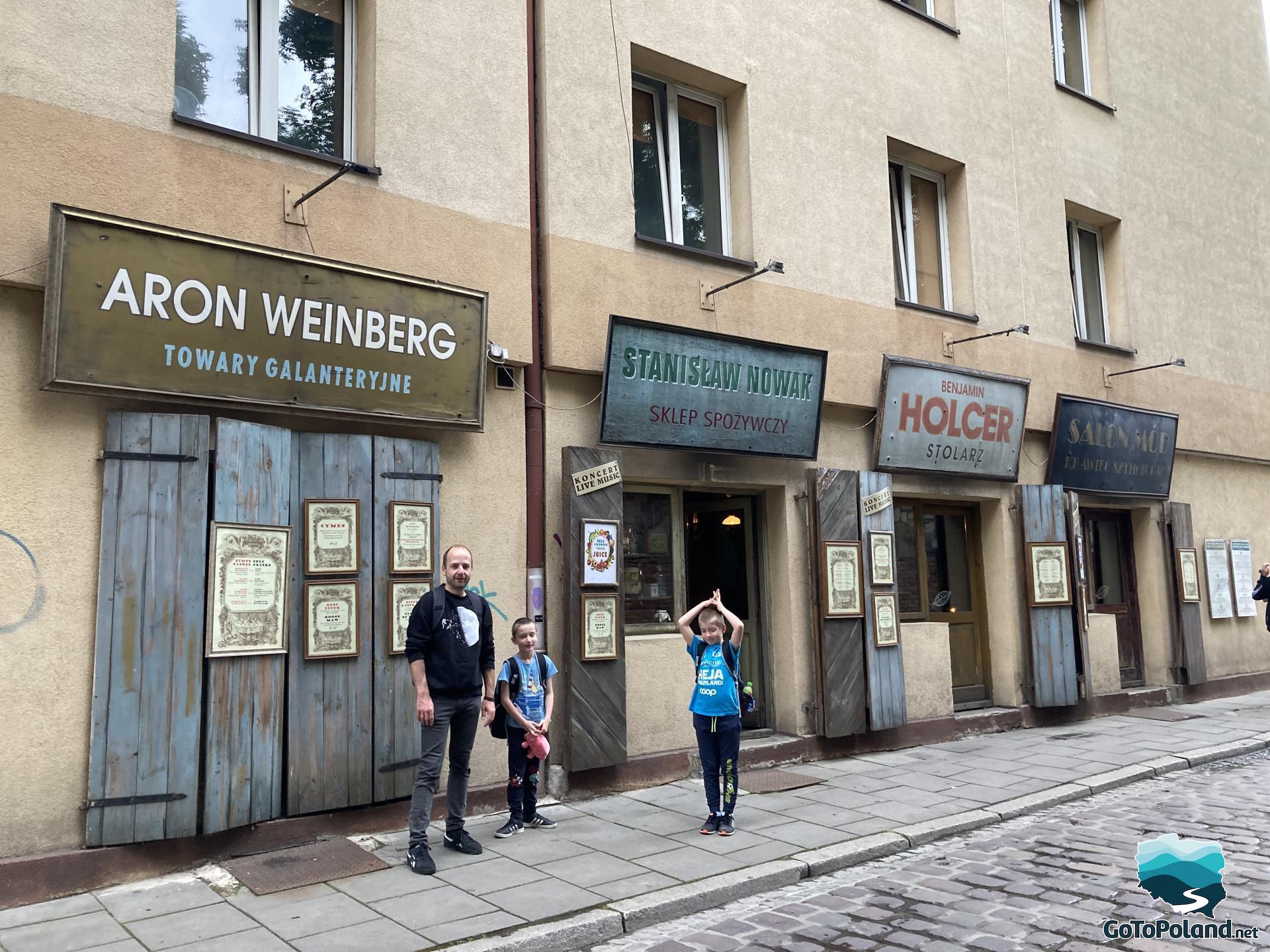
It is here where you can feel the atmosphere of past years the most. From its foundation in the 14th century to the turn of the 18th and 19th centuries, it was an independent city, located south of Krakow, separated from it by a now-defunct branch of the Vistula. A large part of it was inhabited by Jews. For many centuries, Kazimierz was a place where Jewish and Christian cultures coexisted and intertwined. With time, Kazimierz was incorporated into Krakow. From the turn of the 19th and 20th centuries, the Jewish population gradually began to occupy all of Kazimierz. Jews expanded the district as investors, builders and architects. Before World War II, Krakow had over 64,000 Jews (a quarter of the city's population). Until 1939, Jews created a developed social infrastructure in Kazimierz, which in the interwar period remained a mainly Jewish district. There were educational, charitable, cultural, artistic and sports organizations and also political parties representing the Jewish population in the Polish parliament. The religious life of Krakow's Jews was also concentrated in Kazimierz. They prayed in six large orthodox synagogues (Old, Remu, Wysoka, Izaak, Popper and Kupa) and in the Progressive Synagogue (Tempel).

Being in Krakow I can't imagine visiting the city (the Main Square or the Wawel Hill) without Kazimierz. Today, Kazimierz is a district teeming with cultural and artistic life. You can feel the spirit of Krakow's bohemians there. What's more one of my favourite film Schindler's List was shot in Kazimierz. This film won 7 Oscars! In Kazimierz, restaurants, clubs and cafes (almost 300 in total) have a unique atmosphere and own character. We were, for example, in a restaurant where you could listen to the Jewish music live. Combined with the interior design and Jewish food, it was a brilliant and unforgettable experience. Visit Krakow with me.
More information about Kazimierz you can find on Wikipedia
What to see in Kazimierz?
Among the monuments, it is worth seeing the Corpus Christi Church and the Pauline Church on Skałka - the sanctuary of St. Stanislaus, the patron saint of Poland, as well as the town hall on Wolnica Square and the entire complex of industrial architecture monuments at St. Lawrence. You should visit the synagogues in Krakow. The oldest - the Old Synagogue, destroyed during the war, was restored and today houses the Judaic collections of the Historical Museum of the City of Krakow. The only active orthodox synagogue is the Remu Synagogue. Nearby is the Remuh cemetery - one of the oldest Jewish cemeteries in Europe and Poland, where Jews were buried from the mid-16th to the mid-19th century. The most important synagogues in Krakow's Kazimierz are: Old, Remu, High, Poppera, Kupa, Izaaka and Tempel. In my humble opinion the place where the Schindler's List was filmed is also worth seeing.
What is Kazimierz famous for?
The Schindler's List by Steven Spielberg was filmed there. Here is a shot from this film and below you can see my family in exactly this place :)
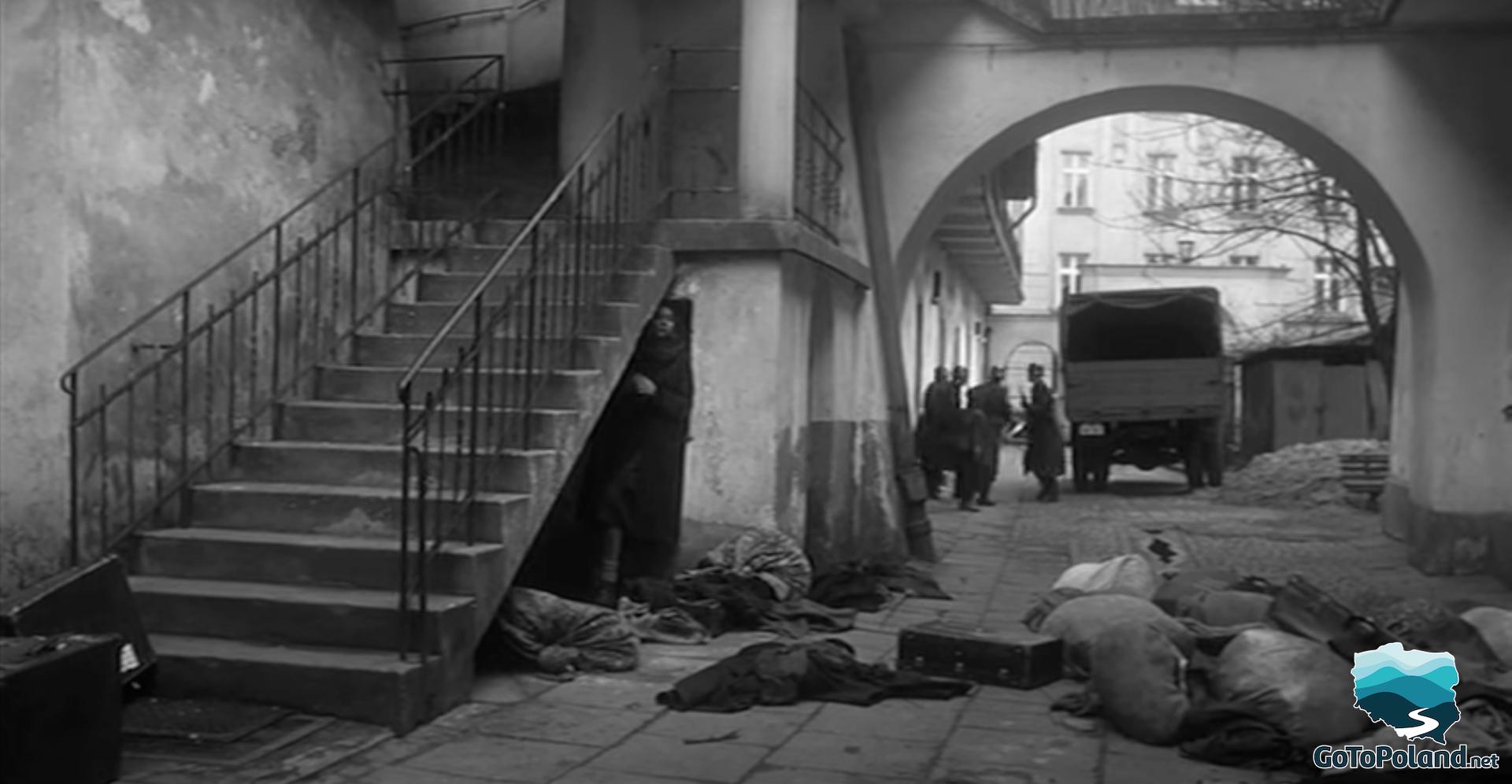
Were any famous films shot in Krakow or Kazimierz?
Yes, Oscars film Schindler's List by Steven Spielberg was shot in Kazimierz.
I highly recommend seeing it with your own eyes, and for now I invite you to see my photos.
We are heading to Kazimierz.
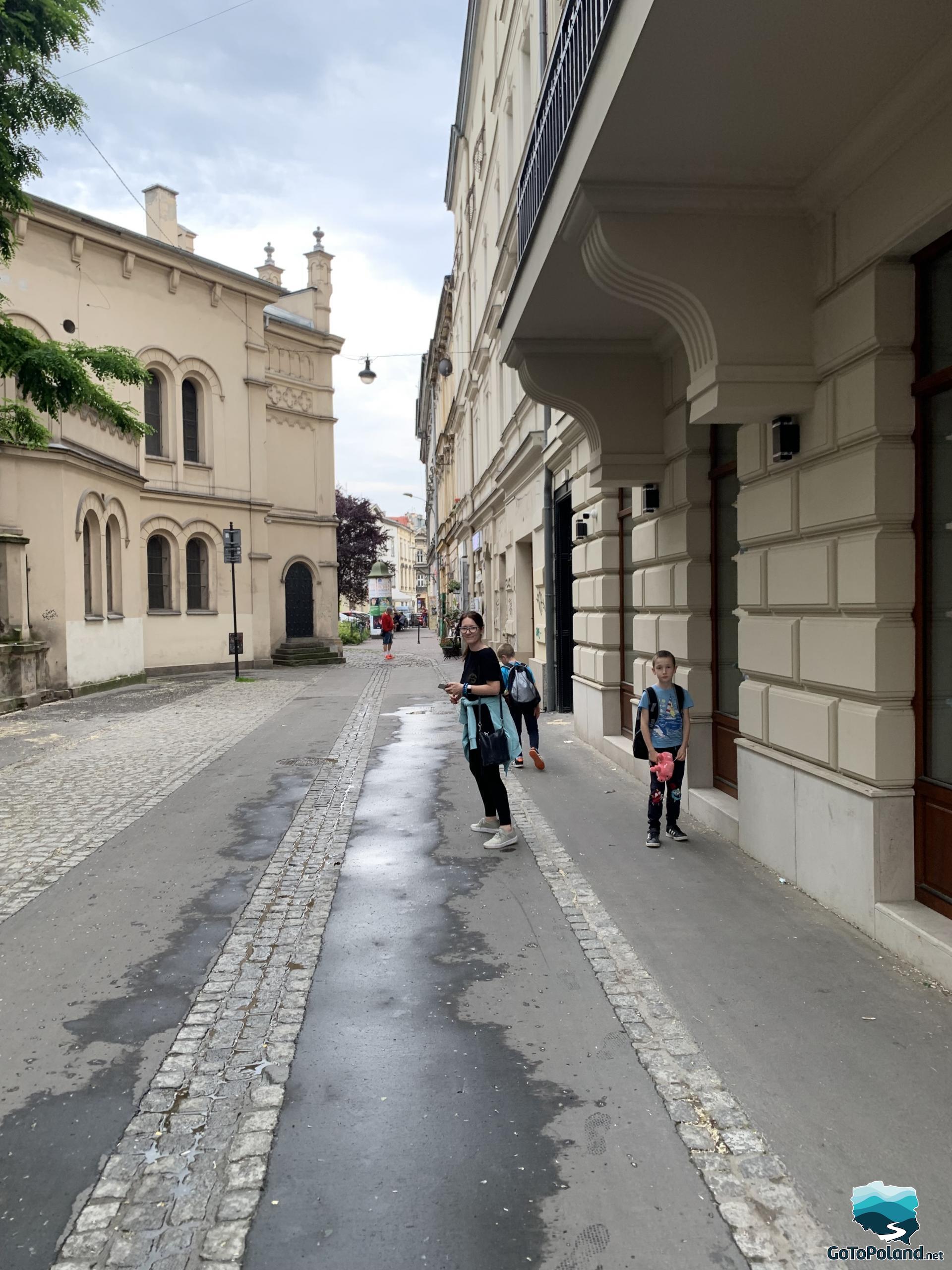
The Remu Synagogue and the adjacent cemetery create a unique and priceless complex of Jewish architecture and sacred art dating back to the 16th century.
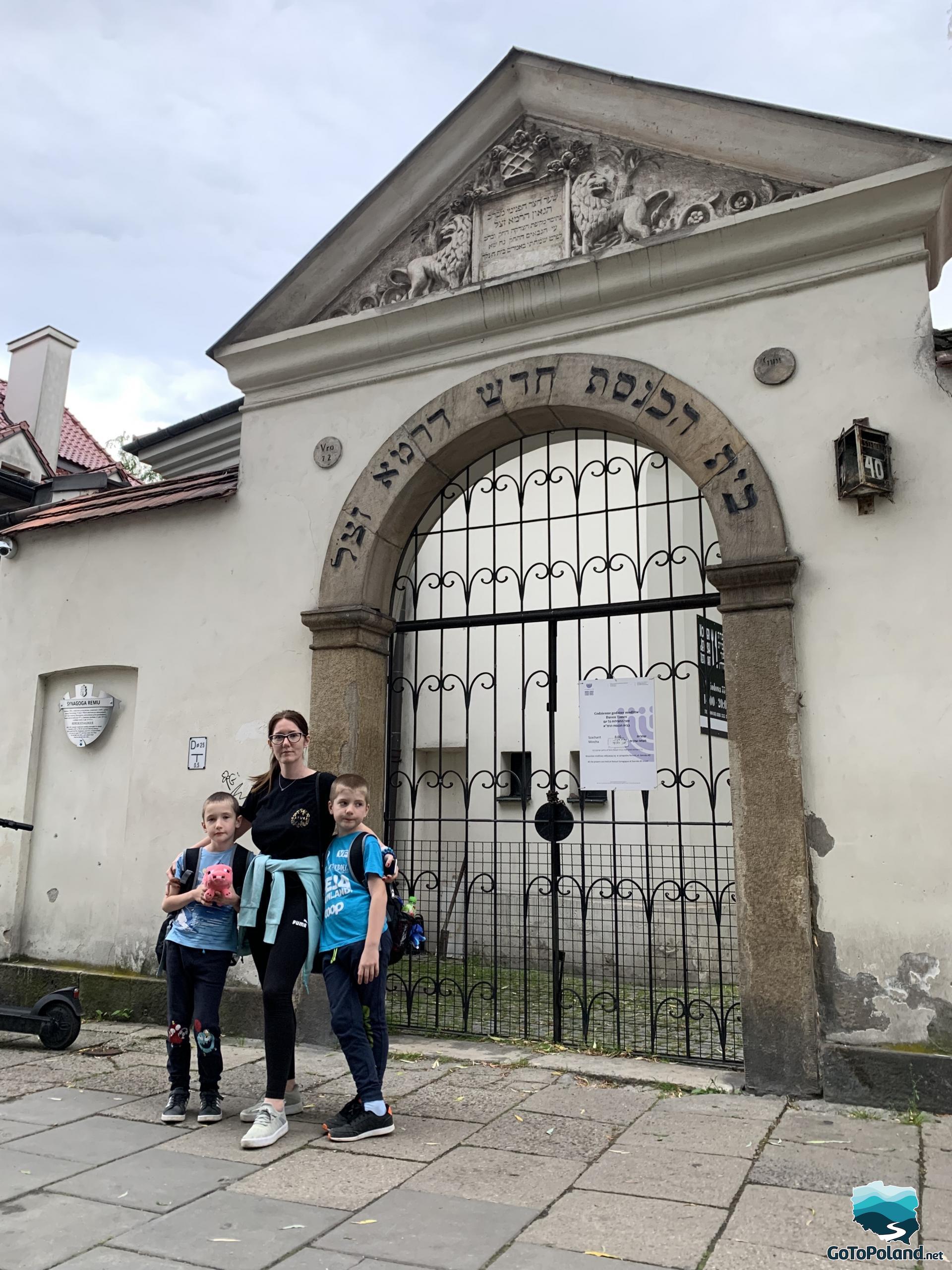
The place of meditation upon the martyrdom of 65 thousands Polish citizens of Jewish nationality from Krakow and its environs killed by the Nazis during World War II.
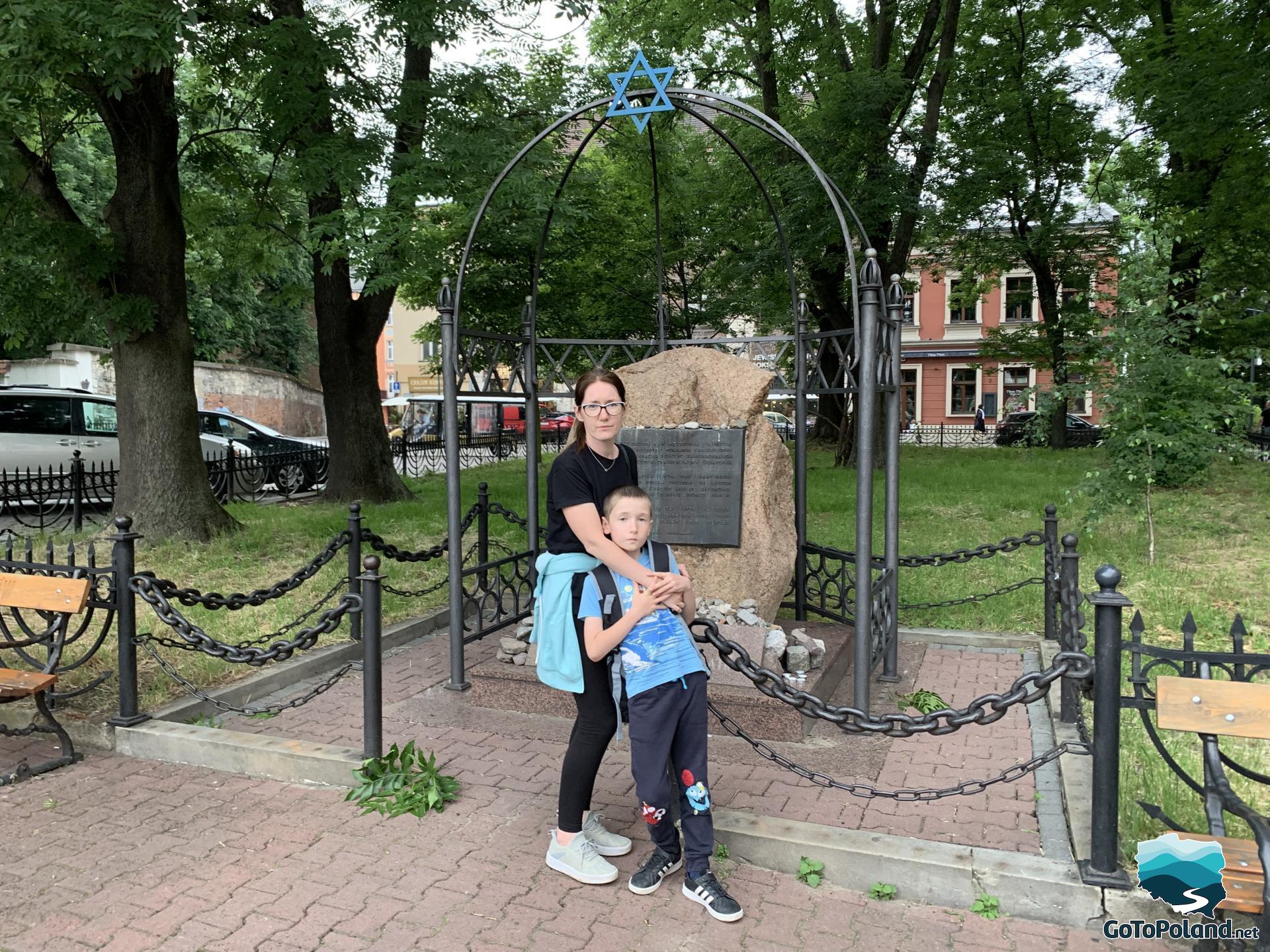
The Old Synagogue is one of the oldest surviving synagogues in Poland and one of the most valuable monuments of Jewish sacral architecture in Europe. Until 1939, it played the role of the central synagogue, the main religious, cultural, social and organizational center of the Krakow Jewish community. Currently, the synagogue houses a branch of the Historical Museum of the City of Krakow - History and Culture of Jews.
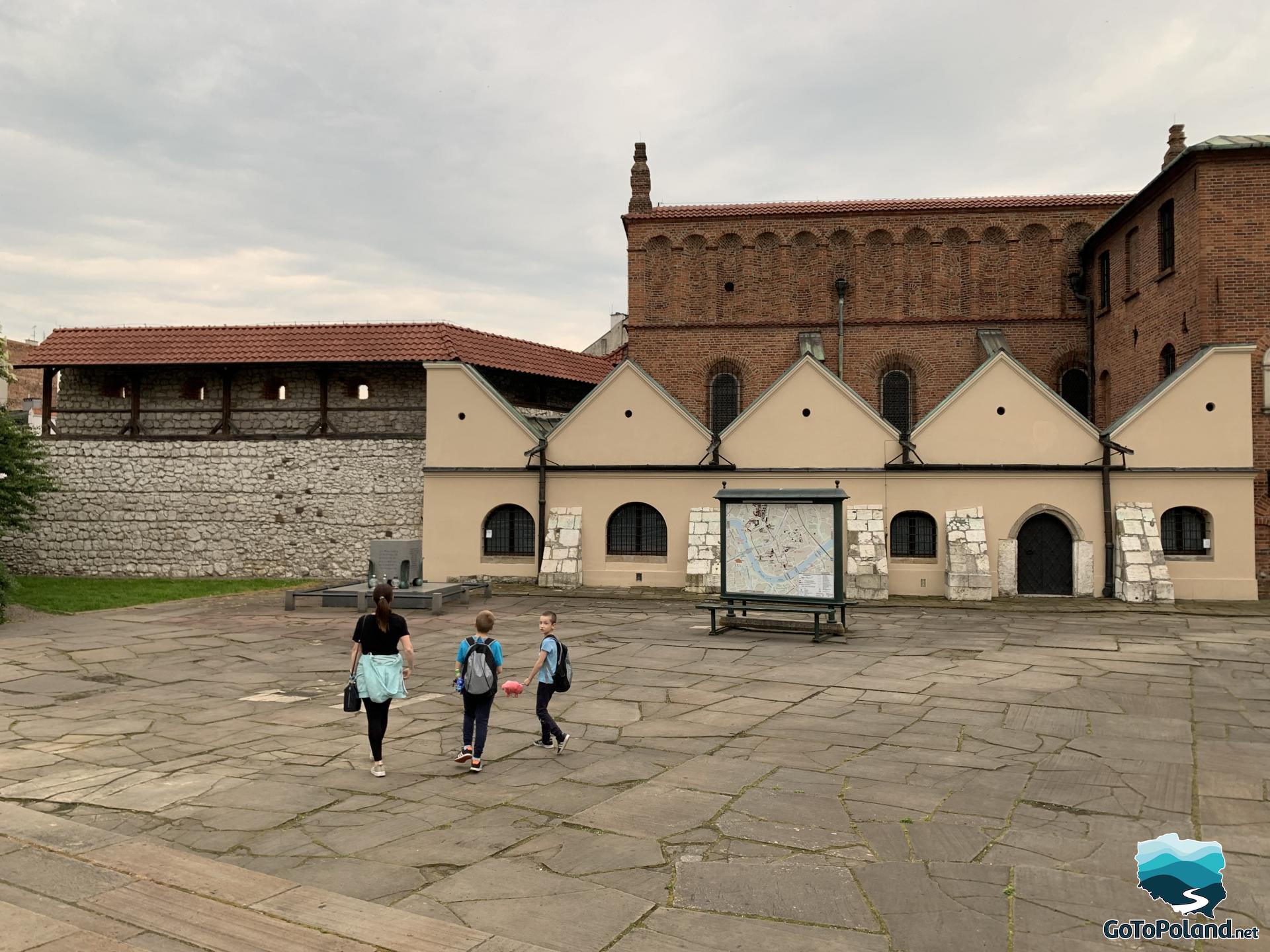

Jan Karski was a soldier of the Polish anti-German underground and informed the Polish authorities in exile and Allied politicians about its problems. Jan Karski devoted a separate report to the "Jewish question". Karski wrote about the situation of the Jewish population under the German occupation with clear compassion - Jews were deprived of dignity, all rights, deprived of property, deprived of earning opportunities - "they live as if in secret, under fear, illegally". The catalog of limitations and humiliations presented in the report is very extensive. For his activities, he was awarded the highest Polish decorations: the Order of the White Eagle and the Order of Virtuti Militari (twice) and the American Presidential Medal of Freedom (posthumously). He was honored by Yad Vashem with the title of Righteous Among the Nations, and he was also an honorary citizen of the state of Israel.
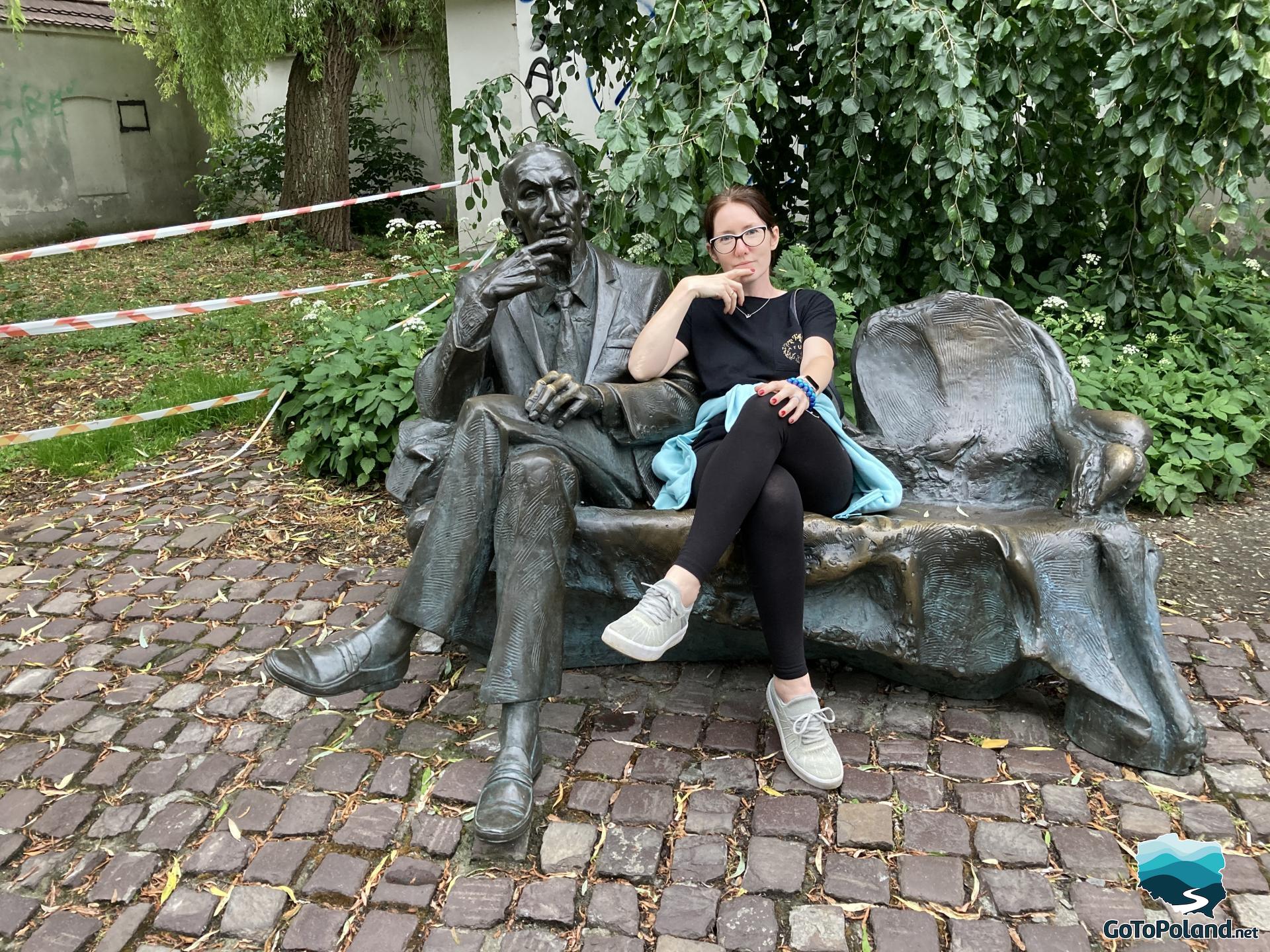
This is the place where the Schindler's List was filmed. You can compare the arch and the stairs on the left are the same as in the film shot.
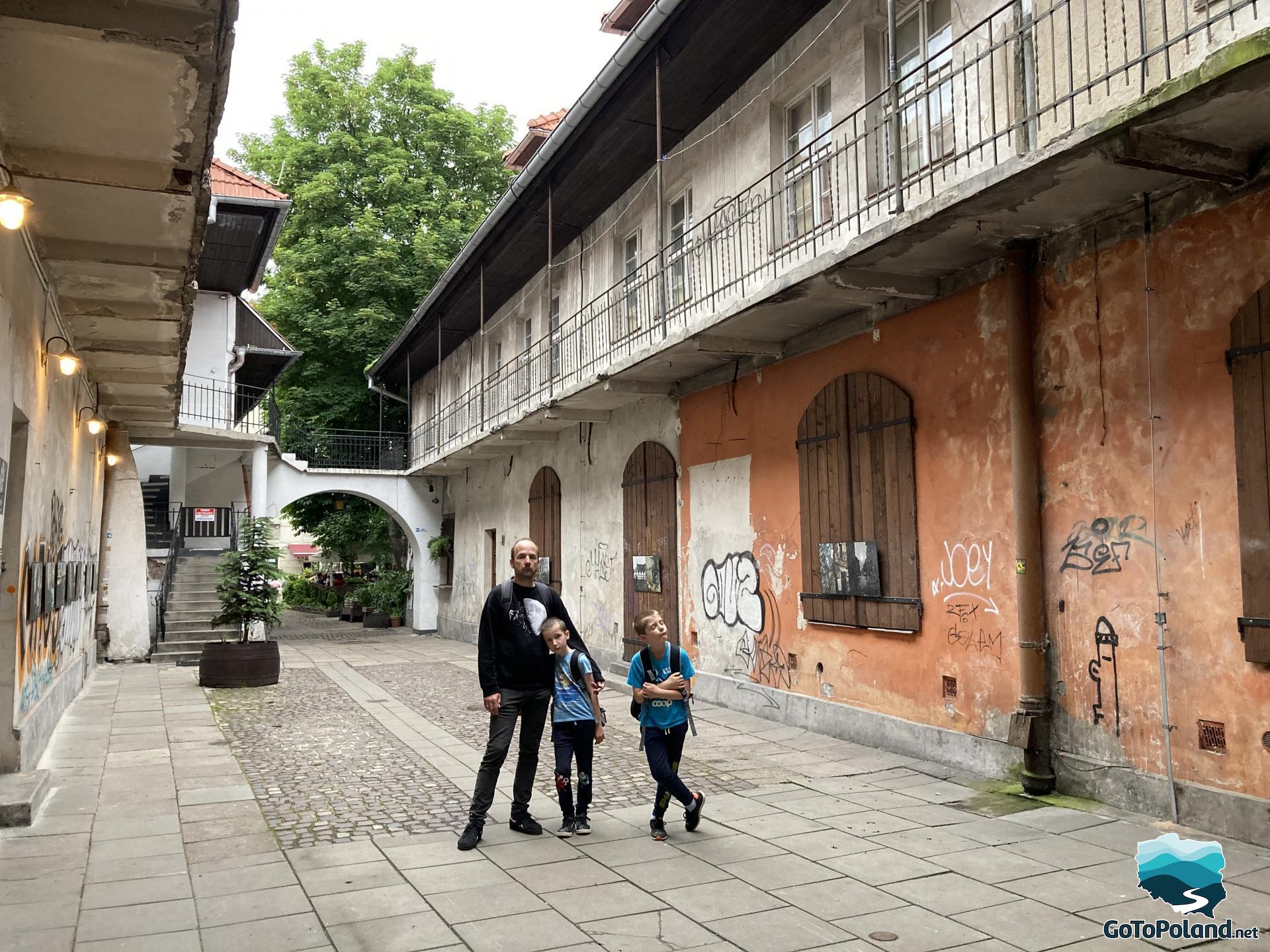

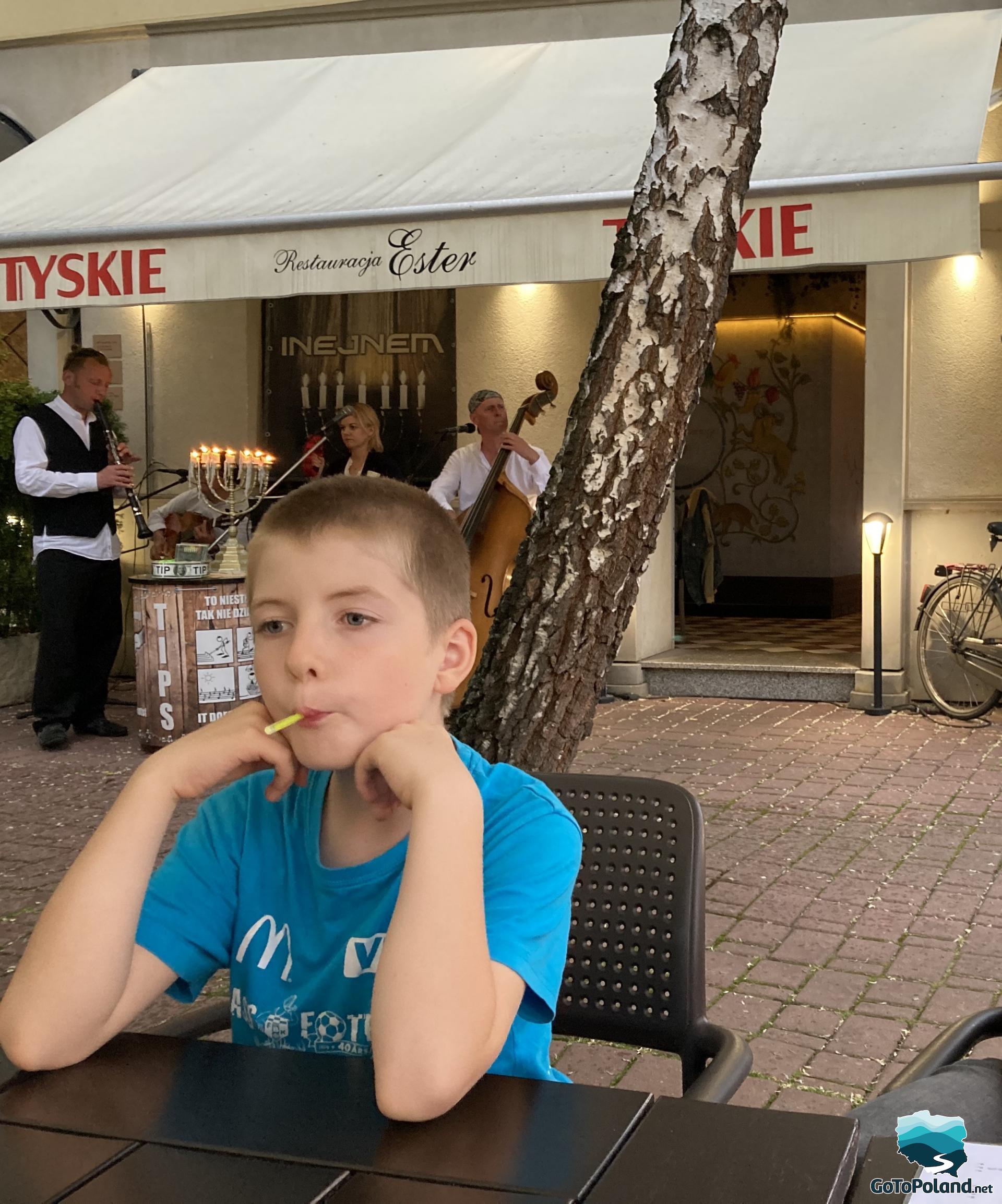
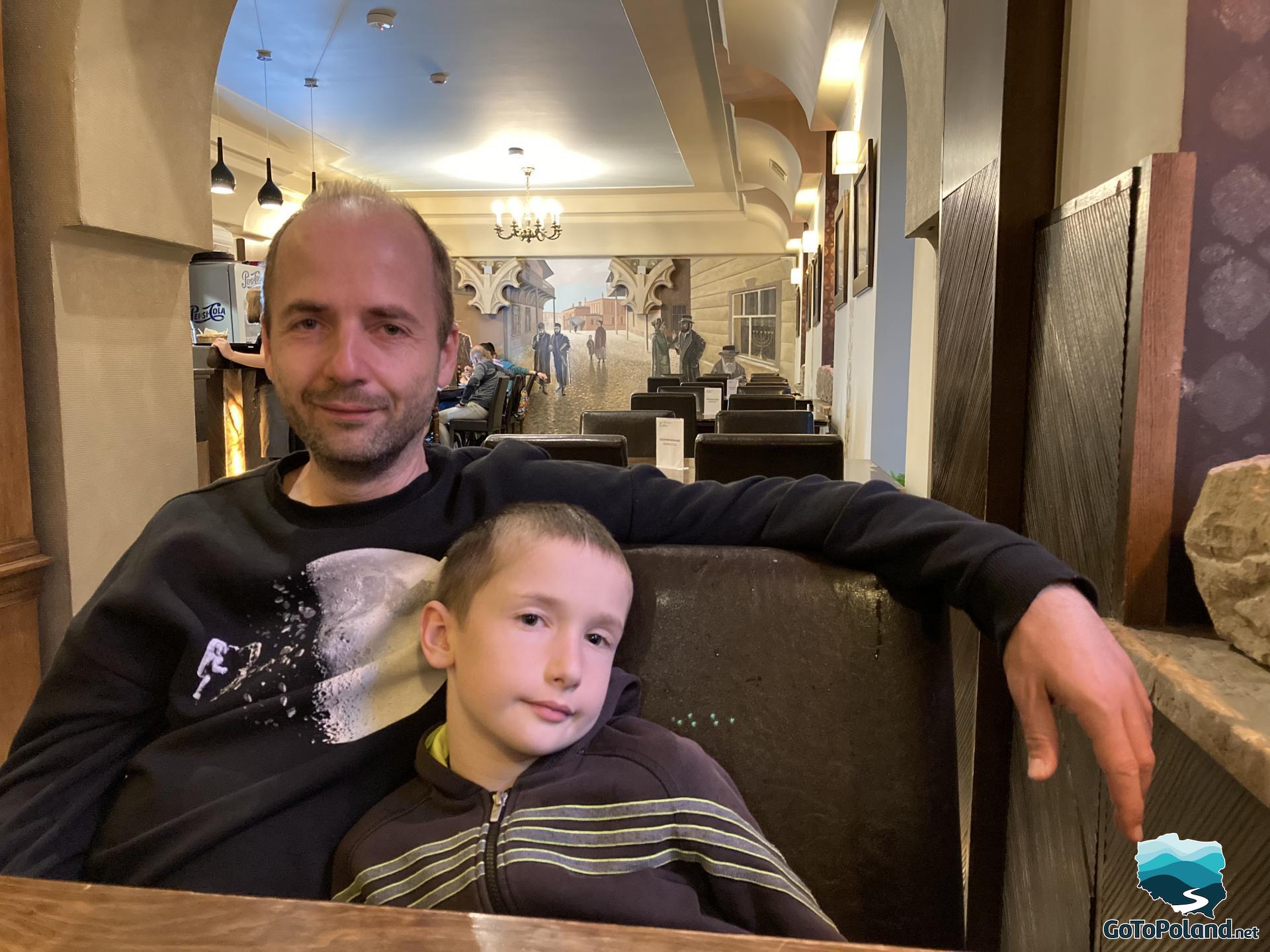
The photos below are from the Temple Synagogue.
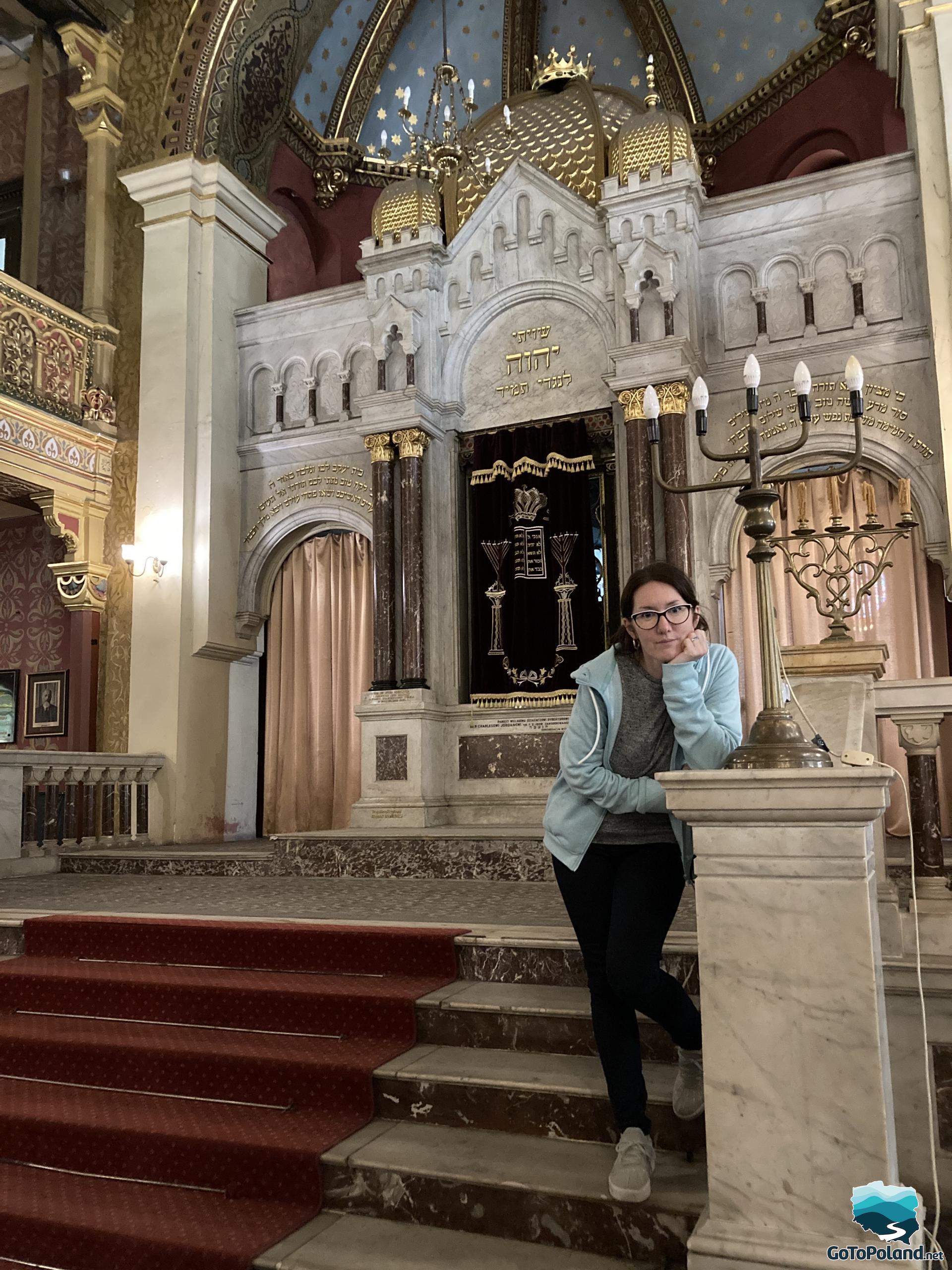
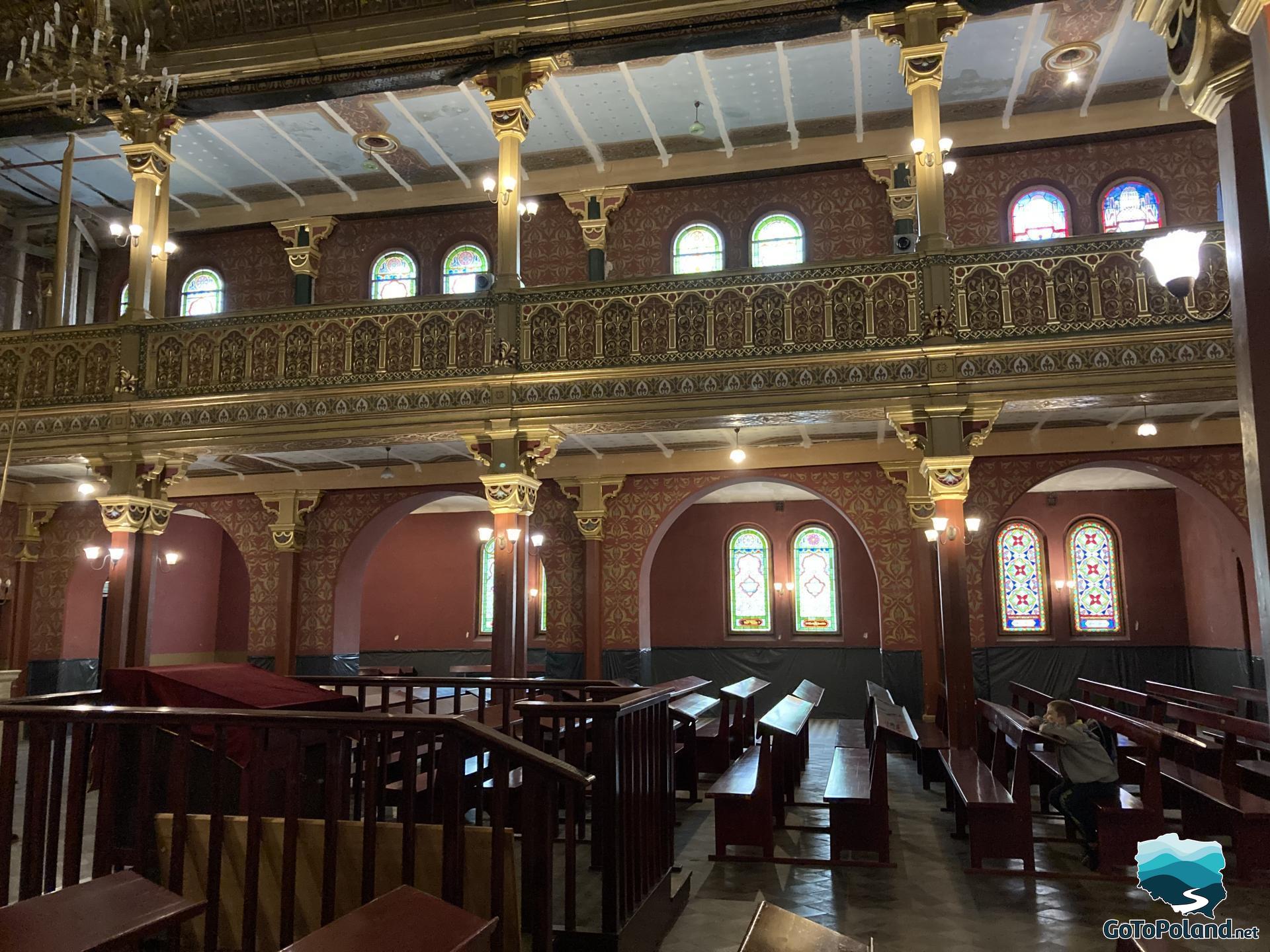
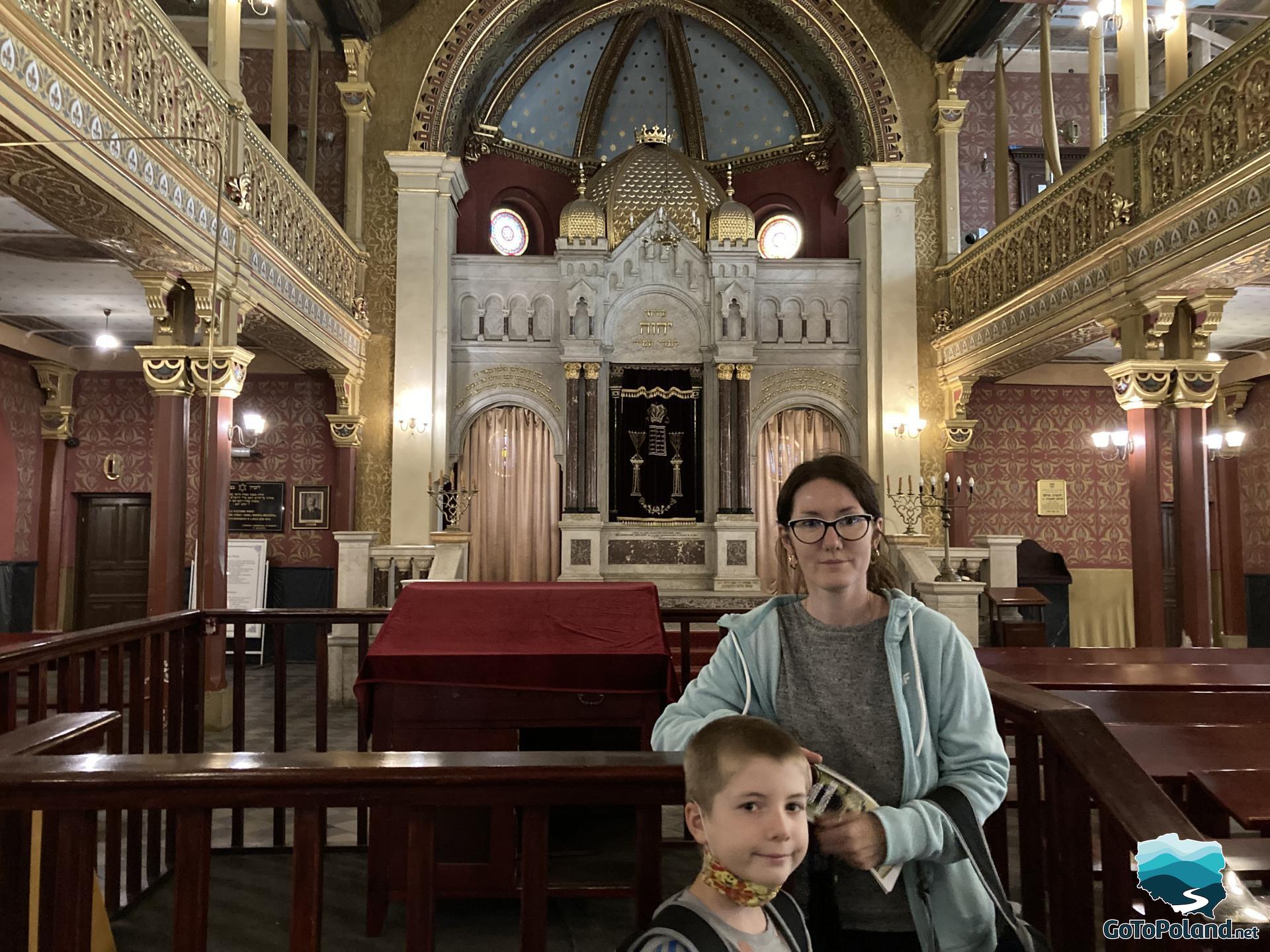
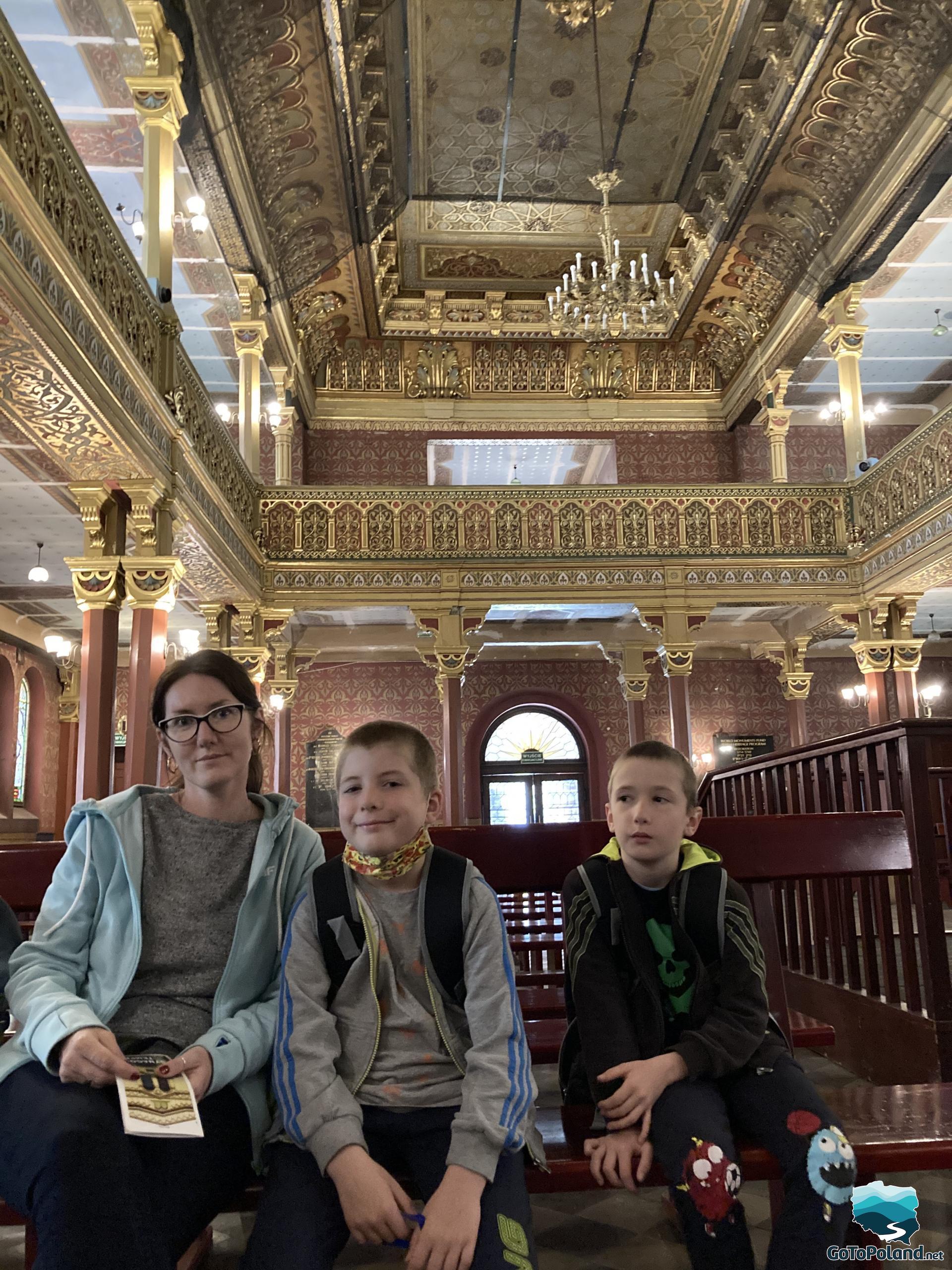
Map of Kazimierz district

